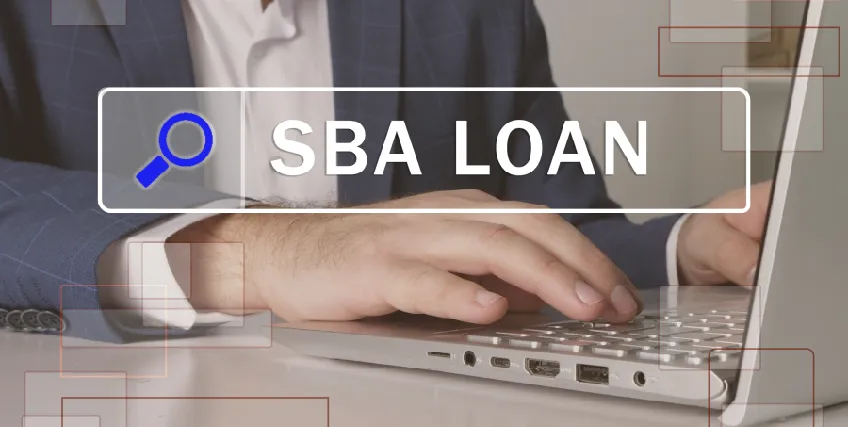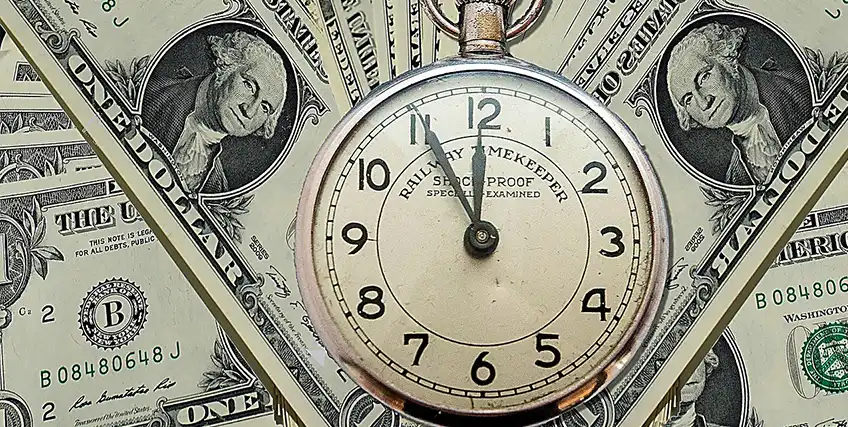Looking for Business Financing?
Apply now for flexible business financing. Biz2Credit offers term loans, revenue-based financing, lines of credit, and commercial real estate loans to qualified businesses.
Set up a Biz2Credit account and apply for business financing.
When looking for financing, small business owners often have to decide between short-term and long-term loans. One is not better than the other. The decision lies in the pressing needs of the small business.
For instance, for a seasonal business in need of a quick influx of cash to meet current expenses, a small business short-term loan can be the answer. For businesses looking to upgrade their current location or to acquire a new location, a long-term loan can provide the necessary amount of money.
By definition, a short-term loan comes with a shorter repayment period. As such, they don’t require a longer-term budget commitment. This is just one reason why short-term business loans are a preferred way to get financing.
What is the difference between a long-term business loan and a short-term business loan?
Long-term loans can come from a variety of providers including banks, credit unions or another traditional lender. These loans come with much larger loan amounts than short-term loans. This, in turn, means that the length of the repayment terms for borrowers will be much longer than those of a short-term loan. For example, the repayment terms of a long-term loan may range can range anywhere from 1 to 30 years. The monthly payments of these can range widely. Often times, long-term business loans will come with lower interest rates as the lender will make more over the life of the loan.
A short-term loan is an unsecured loan suitable for small businesses that may have a temporary cash flow issue. The loan amounts are normally small, ranging from $500 to $10,000, and can have repayment terms of six months to 18 months. Short-term loans are generally provided by alternative online lenders, which can sometimes charge higher interest rates.
What type of loans require collateral?
Since repayment terms of long-term loans are longer and loan amounts are greater, it’s not uncommon for collateral to be required for a long-term loan. Collateral is an asset that the small business offers to secure the loan. Should the business owner default on the loan, the lender can then seize the asset.
Short-term loans (similar to personal loans) are typically unsecured and don’t require collateral, given that they feature lower amounts and shorter payment terms. These amounts and terms also lend themselves to making short-term loans a good solution to meet the working capital requirements or daily operational needs of a small business.
Your credit score will also play a factor if you need collateral. If you have a low credit score, the lender may lean towards requiring an asset to back the loan.
When is a long-term loan a better option?
When considering different types of financing options, long-term loans can be a large lump sum of funding for asset purchases and to help during economic fluctuations.
Since revenue derived from such long-term planning is normally generated over a longer period of time, it allows businesses to pay back longer-term loans over a much longer time period.
How is a short-term loan better than a long-term loan?
One advantage of a shorter-term business loan as a loan option is that it allows small business owners faster access to the funds they need. Small short-term business loans are available to not only help small business owners get financing quicker to avoid financial pitfalls, but to pay it back faster and get out of debt.
The same quick approval time and fast access to financing that makes short-term loans so attractive to small business owners also comes with risk. That’s because small business owners may be tempted to refinance and roll their debt into a new loan. This process can potentially trap a business in a cycle of debt, cutting into its cash flow and profitability.
Long-term small business loans typically come in large amounts and are repaid over a much longer period of time. In addition, the strict and lengthy application process and approval process for long-term loans can make qualifying difficult.
Are SBA loans short-term or long-term?
SBA loans are primarily long-term small business loans that feature long repayment terms. There are a variety of SBA loans available, all with different repayment terms, but all fitting the definition of a small business loan long-term.
The popular SBA 7(a) loan, for instance, offers a maximum loan amount of $5 million with repayment terms ranging from 10 to 25 years. If the 7(a) loan is used for working capital or to purchase inventory, the small business has 10 years to repay the loan. Small businesses that use the loan to purchase equipment also can expect a repayment term of 10 years. For 7(a) loans used to purchase real estate, repayment can be extended to a term of 25 years.
Their flexible repayment terms and low interest rates make SBA loans an efficient way to fund a small business. But it can be difficult to qualify for SBA loans due to their tight lending requirements. SBA loans are issued by a private lending institution, such as a bank or credit union. The loans are partially guaranteed by the SBA.
As a result, the SBA requires an unconditional personal guarantee from all business partners with a stake of at least 20% equity in the company. This means that the personal assets of the small business owners can be seized for payments should the business default on the loan.
Among the other common loans offered by the SBA are:
SBA express loan
In addition to the SBA 7(a) loans, the SBA also has an expedited processing service for smaller loans which is called the SBA Express loan. This loan features the same basic template of the 7(a) loan, but only select lending institutions are allowed to participate and the maximum loan amount is $350,000. Interest rates are higher for the SBA Express loan, mainly because the SBA guarantees a maximum of 50% of the loan.
CDC/SBA 504 loans
This program provides SBA loans to small businesses that want to build or buy owner-occupied commercial real estate. It also offers long-term, fixed-rate financing for other major fixed assets. In doing so, it couples a bank or other traditional lender with a community development corporation (CDC). The bank contributes up to 50% and the CDC up to 40% with the balance provided by the small business that is applying for the loan.
CDC/SBA 504 loans can be used for the purchase or construction of existing buildings or land, new facilities and long-term machinery and equipment. They can also be used for the improvement of existing facilities, land, streets, parking lots, landscaping and utilities.
In most cases, the maximum loan amount for a CDC/SBA 504 loan is $5 million. For certain projects in the energy sector, a business can qualify for a CDC/SBA 504 loan for up to $5.5 million per project.
SBA export loans
Three different varieties of SBA export loans comprise this program: Export Express, Export Working Capital, and International Trade. All of these loans are approval requirements similar to the SBA 7(a) program. The loans offer small businesses the chance to acquire funding that might not be accessible through traditional loans. The goal of the program is to encourage American small businesses grow their export operation and increase their activity in foreign markets.
SBA microloans
Through the SBA microloan program, the SBA makes loans available to small businesses and nonprofit childcare centers through nonprofit intermediary lenders. Microloans are a solid funding option for small businesses seeking short-term financing with less than perfect credit history. Microloans are typically under $50,000 and the SBA doesn’t guarantee any of the loans made under the SBA microloan program. Microloans have terms of up to six years, and the average amount of the loans is approximately $13,000.
Bottom Line
As you’re comparing your options of either short-term or long-term financing, be sure to shop around to fund the right lender for your needs. Additionally, do your best to avoid long-term debt as it could significant weigh down your balance sheet.
The most common approach is to find several lenders, find out their eligibility requirements, apply for pre-approval, and then move forward with the best loan terms.
FAQs about Short Term vs. Long Term Loans
What is the difference between long and short-term loans?
The difference is in the term length of the loan.
Which is better short term or long term financing?
One is not better than the other as the only difference is the length of the loan term. The best option is the one that best fits your business’s needs.




